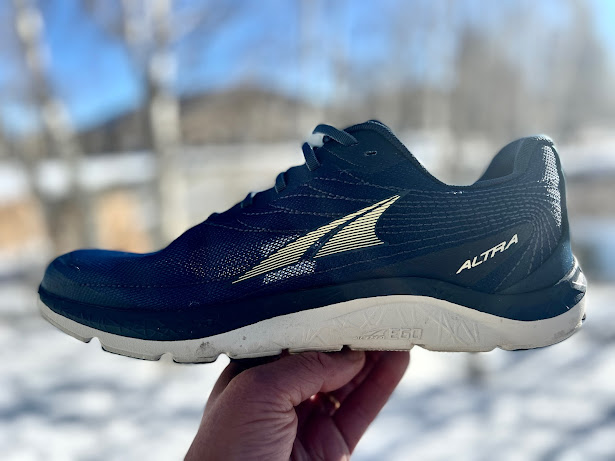Article by Jeff Beck and Sam Winebaum
Diadora Mythos Blueshield Vigore ($170)
Introduction
Jeff: The Diadora Blushield Vigore, which has a name that could be for just about any consumer product, is the Italian company’s moderate stability/neutral big mileage daily trainer. And they didn’t pull out the stops, making each component of the shoe feel akin to a luxury brand output, with a truly unique asymmetrical design.
We’ve seen a number of other shoe designers create “stability” shoes that see their stability aspects disappear when they aren’t needed by the runner - would Diadora succeed?
Sam: Complex for sure with multiple midsole and upper elements in the mix including a prominent lateral carve out, a plastic Blueshield unit under foot, a main midsole of Diadora’s DD Anima foam I liked so much for its lively response in the Equipe Atomo (RTR Review), a heavily supportive yet at the same time plush upper with a thick cage of straps under the thin pliable outer mesh, a super plush tongue and even thick flat and plush laces there is alot going on here including weight at 10.88 oz /308g in my US8 which as they run long is the equivalent of my usual US8.5.
Skeptical but curious as the Equipe Atomo was so fine and one of my 2021 favorite shoes. I usually don’t run in stability type shoes and particularly those with posts, plastic pieces and rails and the Vigore sure was leaning that way. But as I discovered I was pleasantly surprised by this giant which while making no pretensions of being a fast or light ride is quite special when you need to go smooth, slow and mellow.
Pros:
-Incredibly engineered (perhaps overengineered) upper-Jeff/Sam
-Stability elements caused no issues for supinating runner-Jeff/Sam
-Outsole provides lots of grip and durability while not overly firm and rigid -Jeff/Sam
-Upper has such incredible hold on foot could be an effective trail upper -Jeff/Sam
-Plenty of ground protection -Jeff/Sam
-Pleasant, if unremarkable ride -Jeff
-Deep, lively cushion with a touch of bounce-Sam
-Ideal stable, easy, long slow run ride where a shoe’s weight not a big consideration - Sam
Cons:
-Ride is very unremarkable as many daily trainers are getting more exciting to run in -Jeff
- Heavy at over 11 oz in a US9, Inconsistent shoe weights as well -Sam
-Plastic outsole elements are a little awkward, possible condensation issues --Jeff
-Sized long in the first TTS pair. Second half size down perfect.-Sam



